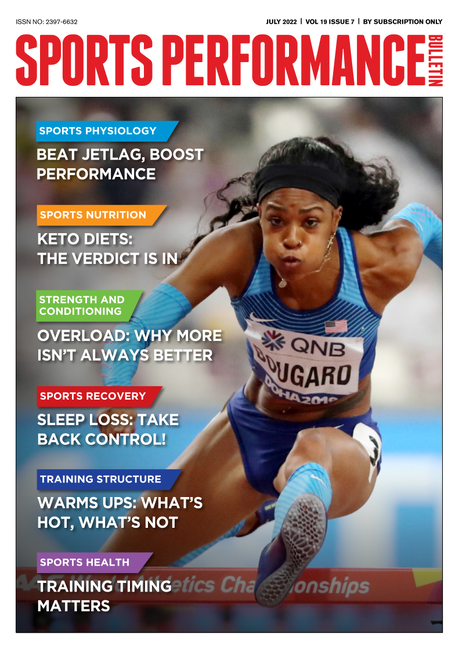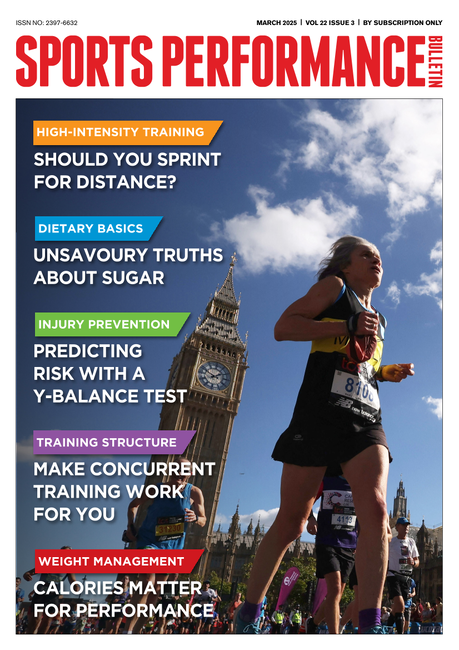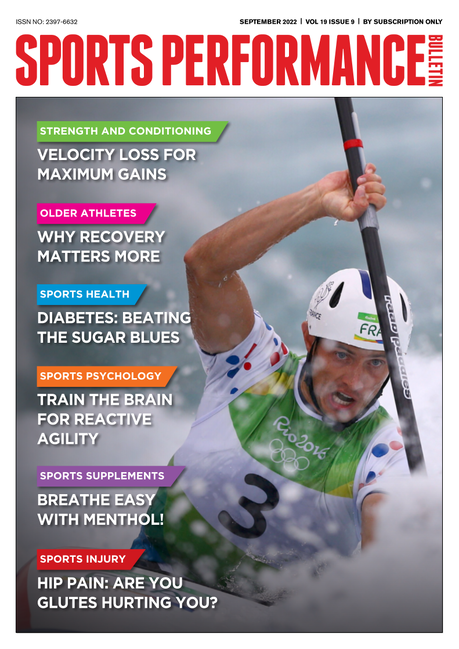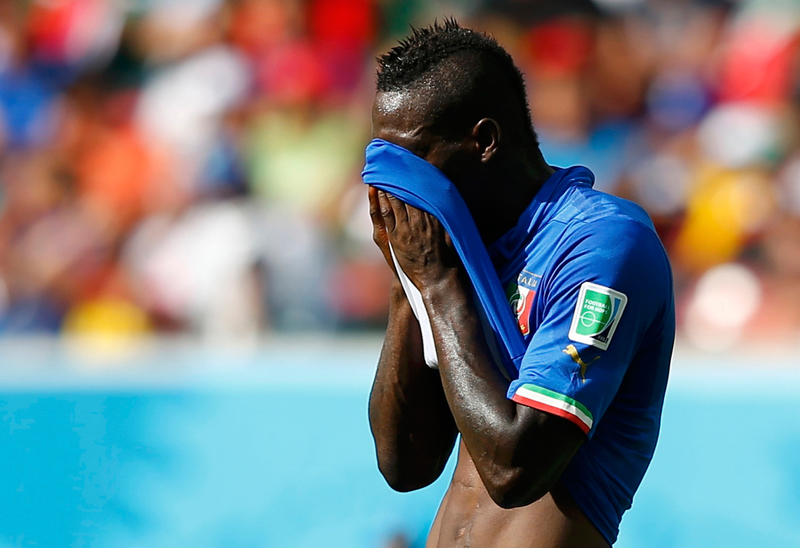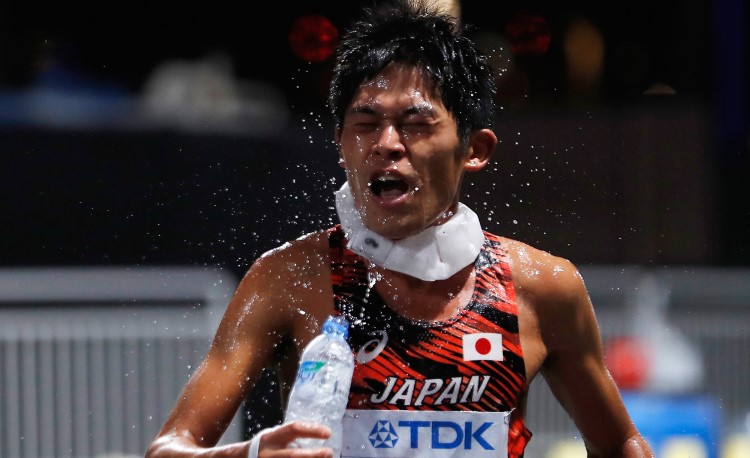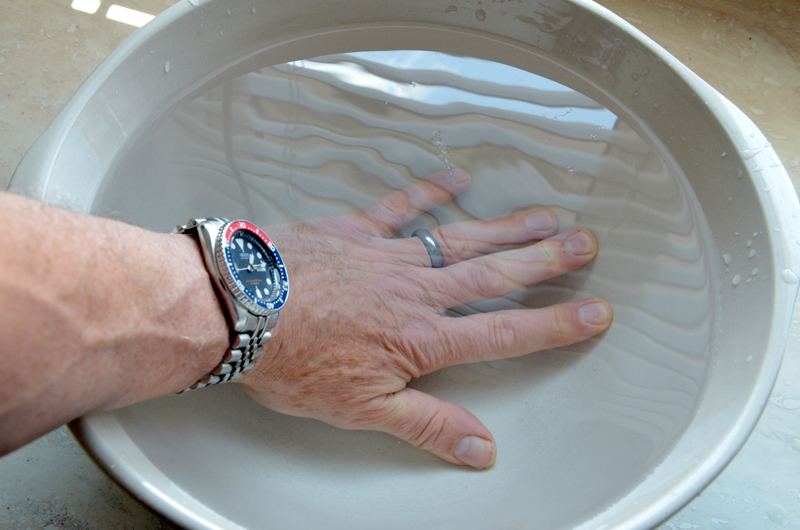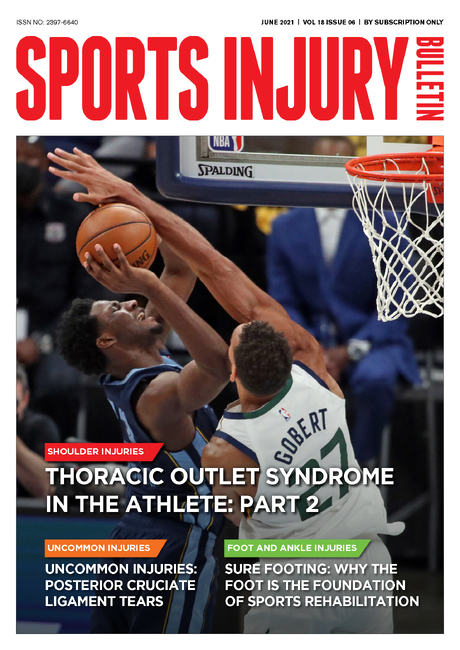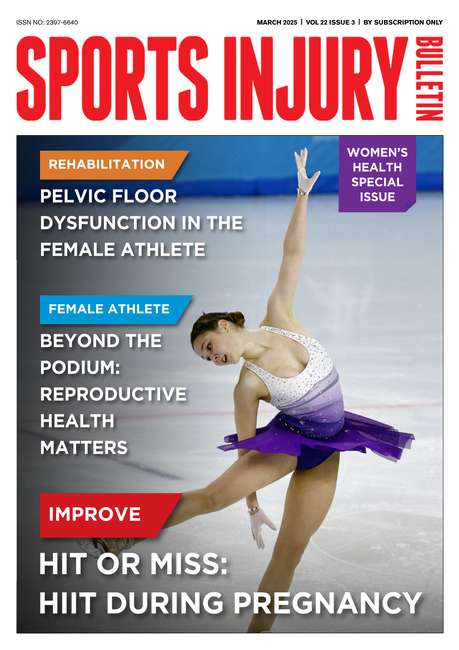Athlete recovery: cold water vs. vibrating foam
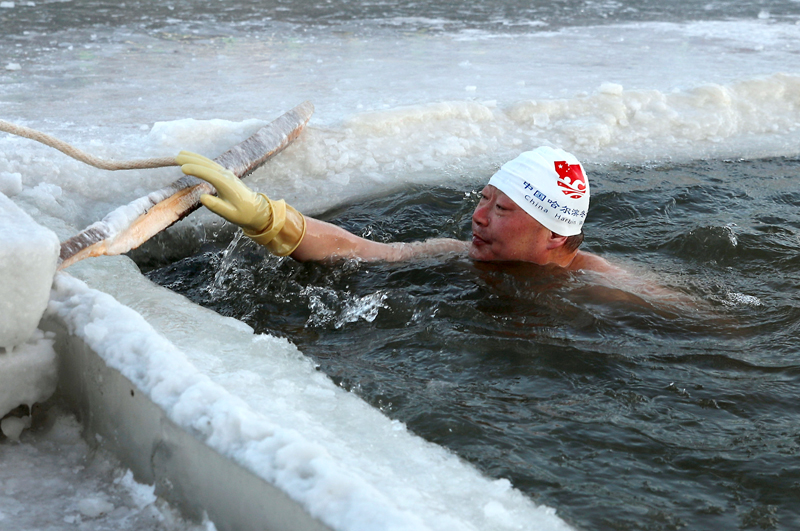
When athletes move from recreational to competitive sport, training is required many times a week, and sometimes more than once a day. In addition, athletes whose sport involves multiday events have to be able to turn in top notch performances on consecutive days. These demands can make it very difficult for athletes to recover optimally, which is bad for performance since the faster and more fully an athlete can recover, the sooner he or she will be refreshed and physiologically ready to train and/or compete again.
As we have discussed in other SPB articles, optimum recovery involves adequate rest, plentiful sleep and of course good nutrition. However, assuming these basics have been implemented, there are a number of other therapeutic strategies that can be deployed post-training or post-competition in order to help accelerate recovery. These include therapies such as massage, stretching, contrast water therapy, saunas etc. In this article however, we’re going to focus on two particularly effective therapies – cold water immersion and foam rolling using additional vibration.
Cold water immersion and recovery
The use of cold water immersion (CWI for short) involves the athlete immersing themselves for a period of time in cold water (typically around 5-13C [41-55F]) right after training or competition. CWI after exercise decreases the body’s core temperature – not just back to its normal baseline level but to below its baseline level, with a peak drop in core temperature occurring around an hour following immersion. CWI has become popular among athletes because compared to other recovery therapeutics, the use of CWI for accelerating recovery is backed by a large body of robust scientific evidence. It’s also an extremely easy and practical therapy – all that’s needed is a bath of cool water!
The cooling effect of CWI has been shown to help repair exercise-induced muscle damage, with a larger effect for weight-bearing (running and strength training) compared with non-weight-bearing activities(1,2). Scientists believe that this enhanced repair effect is likely to be related to a combination of CWI-induced muscle cooling and direct hydrostatic pressure – ie the pressure of water acting directly on the muscles(3). In terms of what this means for athletes, the key benefits of CWI are reductions in delayed onset muscle soreness, edema, and exercise-induced strength loss. In addition, subjective measures of fatigue and recovery are typically improved in the hours and days following CWI(4). There’s also good evidence that the drop in core temperature produced by CWI can aid sleep onset and quality, especially if CWI is performed close to bedtime(5). Given the importance of sleep in recovery (see this article), this could be another bonus for athletes seeking rapid recovery!
Foam rolling
Another effective recovery therapy is foam rolling. Foam rolling involves using body weight to apply direct pressure to targeted muscles using a foam roller. Like cold water, foam rolling is very simple to perform, needing nothing more than an inexpensive foam roller and a bit of time and space to roll following exercise. Because foam rolling is a more recent therapy, there are comparatively few scientific studies on its use compared to CWI. However, the evidence is certainly persuasive.
In a 2015 review study (a study that pools together all the findings from a number of previous studies), researchers looked at the scientific literature on foam rolling and asked the following questions(6):
· Does foam rolling improve joint range of motion (ROM) without affecting muscle performance?
· After an intense bout of exercise, does foam rolling enhance post exercise muscle recovery and reduce delayed onset of muscle soreness (DOMS) after exercise?
· Does foam rolling prior to activity affect muscle performance?
What they found was that foam rolling produced short-term gains in joint ROM without negatively affecting muscle performance. It also reduced muscle soreness after intense exercise. In another study the same year, researchers concluded that foam rolling is an effective technique for reducing post-exercise quadriceps muscle (frontal thigh) soreness following heavy strength training(7).
Vibrational foam rolling
Most athletes are familiar with the concept of foam rolling, but a new variation of this recovery therapy is gaining popularity – vibrational foam rolling (or VFR for short). VFR combines foam rolling with localized vibration, and the theory is that the addition of vibration to the muscles increases the effectiveness of the foam rolling by further increasing blood flow and the removal of exercise by products), and loosening up the connective tissue within muscle (so-called myofascial release – see this article).
Myofascial release can help maintain joint range of motion in athletes, which is vital for both short and long-term performance. That’s because myofascial tissue in the body works as a linked chain system; if one part of the chain is stiff or snagged with adhesions, overloading forces can be transferred along myofascial system to another part, leading to tissue overload, disruptions in functional movement patterns and repetitive strain injuries(8). Research published just last year suggests to get the benefits of VFR, it should be used on a muscle group for around 90 seconds at a frequency of 30Hz(9,10).
While both ordinary foam rolling and VFR have been shown to improve recovery and promote myofascial release, the use of additional vibration when foam rolling appears to offer greater benefits in the recovery process. In a 2019 study by a team of Spanish sports scientists, the effects of foam rolling and VFR on recovery following exercise-induced muscle damage were compared(11). The results showed that both types of foam rolling improved quadriceps pressure pain threshold (ie the thigh muscles were less sensitive to pressure) and countermovement jump performance immediately after. However, it was the VFR group that showed substantially greater improvements in pain perception and in joint range of motion at the hips.
Another study published by a team of French and Austrian researchers two years ago also compared ‘ordinary’ foam rolling to VFR(12). It found that regardless of whether foam rolling or VFR was performed, three sets of 1-minute sessions improved the maximum force produced by the quadricieps muscles (compared to no foam rolling at all) when the participants were challenged in a strength test. However, it was only the VFR that also increased hip range of motion following the interventions.
Which is best: CWI or vibrational foam rolling?
There no doubt that foam rolling with added vibration further enhances the benefits that come from foam rolling. So given that vibration foam rollers are simple to use and very affordable, is VFR actually a better and more convenient post-exercise recovery option than cold water immersion? To date, there’s very little data that has directly compared the effectiveness of these two recovery methods, especially in the context of amateur athletes. The waters are further muddied by the fact that many studies looking into post-exercise recovery therapies have used heavy eccentric exercise to induce maximum fatigue and soreness – study designs that may not accurately reflect the recovery needs of athletes in sport-specific settings.
New research
For athletes who are wondering how CWI and VFR might compare in terms of post-exercise recovery, a new study on basketball players just published in the journal ‘Healthcare (Basel)’ makes for fascinating reading(13). Unlike many previous studies looking at deliberately induced maximum muscle damage (using heavy eccentric loading), this study compared the effectiveness of CWI and VFR as post-game recovery strategies in amateur basketball players following simulated basketball games with realistic loading levels.
To do this, ten amateur basketball players undertook four separate trials on four different occasions. Each trial consisted of ten sets of exercises and tasks repeated four times that simulated a basketball game. Each one of these sets consisted of a 10m walk, a 10m jog, a 10m side stride, a 20m stride run, a 20m change of direction run, a 30m sprint, and a 40m shuttle run. In total, the participants completed a total of 40 sets (4 × 10) of simulated basketball game movements, covering a distance of 5600m. Importantly, the volume, intensity and types of exercises and tasks were formulated using previous research to very closely replicate what players typically experience in an actual basketball game(14,15).
Following each trial consisting of a simulated game (as above), the participants undertook one of three types of recovery. These were:
· Cold water immersion (CWI) – seated for 12 minutes in water at 5 degrees C (41F) with the water up to waist level.
· Vibration foam rolling (VFR) – VFR was performed for 12 minutes using a vibrational roller from Hyperice (the Vyper 2.0 – see figure 1) at a frequency of 30Hz. The participants placed the vibrational roller under the target muscle group (glutes, quadriceps, biceps, and gastrocnemius), rolling each muscle for 30 seconds per group until 12 minutes had elapsed.
· Passive sitting (the control condition) - subjects were seated for 12 minutes without any recovery intervention after completion of the simulated basketball game.
Figure 1: The Hyperice Vyper vibrating foam roller
You need to be logged in to continue reading.
Please register for limited access or take a 30-day risk-free trial of Sports Performance Bulletin to experience the full benefits of a subscription.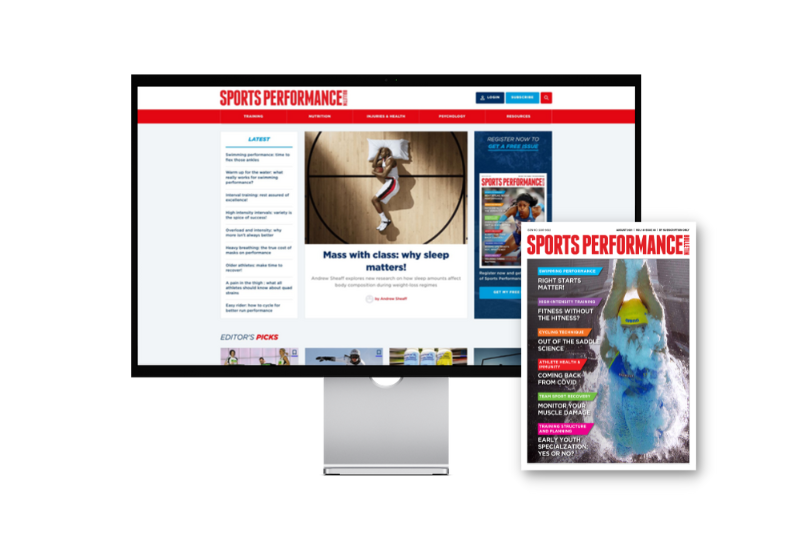 TAKE A RISK-FREE TRIAL
TAKE A RISK-FREE TRIAL
Newsletter Sign Up
Testimonials
Dr. Alexandra Fandetti-Robin, Back & Body Chiropractic
Elspeth Cowell MSCh DpodM SRCh HCPC reg
William Hunter, Nuffield Health
Newsletter Sign Up
Coaches Testimonials
Dr. Alexandra Fandetti-Robin, Back & Body Chiropractic
Elspeth Cowell MSCh DpodM SRCh HCPC reg
William Hunter, Nuffield Health
Keep up with latest sports science research and apply it to maximize performance
Today you have the chance to join a group of athletes, and sports coaches/trainers who all have something special in common...
They use the latest research to improve performance for themselves and their clients - both athletes and sports teams - with help from global specialists in the fields of sports science, sports medicine and sports psychology.
They do this by reading Sports Performance Bulletin, an easy-to-digest but serious-minded journal dedicated to high performance sports. SPB offers a wealth of information and insight into the latest research, in an easily-accessible and understood format, along with a wealth of practical recommendations.
*includes 3 coaching manuals
Get Inspired
All the latest techniques and approaches
Sports Performance Bulletin helps dedicated endurance athletes improve their performance. Sense-checking the latest sports science research, and sourcing evidence and case studies to support findings, Sports Performance Bulletin turns proven insights into easily digestible practical advice. Supporting athletes, coaches and professionals who wish to ensure their guidance and programmes are kept right up to date and based on credible science.

